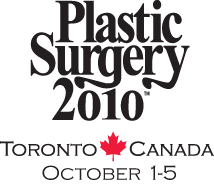 A new article in the New York Times documents the expanding work hours of dermatologists, plastic surgeons and other professionals who offer aesthetic treatments.
A new article in the New York Times documents the expanding work hours of dermatologists, plastic surgeons and other professionals who offer aesthetic treatments.
Their columnist writes, “In most major cities, if you want pad Thai or a sweater dry-cleaned when most people are sleeping, there’s someone who will take care of it (for a price). These days, the same is true of beauty treatments.”
Many physicians, as the article explains, are offering expanded hours on certain days to accommodate working patients. Dr. Neil Sadick says his busy patients have been requesting early morning and late evening appointments; “Patients used to be able to get out of work when they wanted to, but things have changed,” so he has also changed, adjusting his office hours to be more convenient. Dr. Sadick mentions another reason to stay open longer: intense competition among doctors in the area. In New York, being more available will set a doctor apart from the regular 9-5 crowd.
Extended hours may be expected in the city that never sleeps, but can the same be said for the plastic surgeons here in Savannah, Georgia? It depends on the plastic surgeon you choose. At Coastal Empire, we have extended our hours. We now stay open Monday – Wednesday until 7 p.m. and Friday until 7 p.m. We also have many convenient locations for patients in Savannah, Hardeeville, Bluffton, Statesboro, Brunswick, Jesup and Rincon. Please contact us for more information on appointment scheduling.
Read the column: “Urban Beauty Services Offer House Calls in the Wee Hours”





